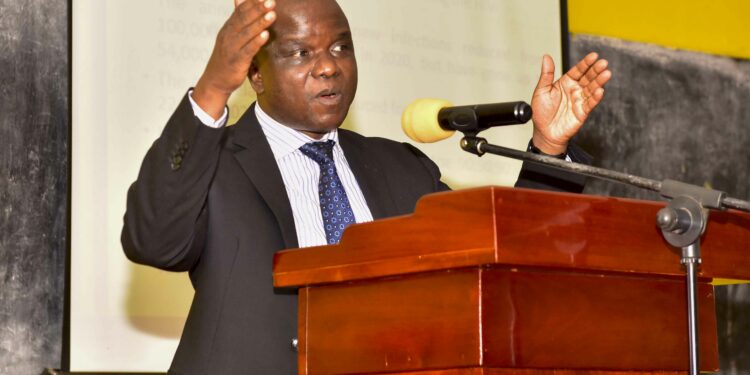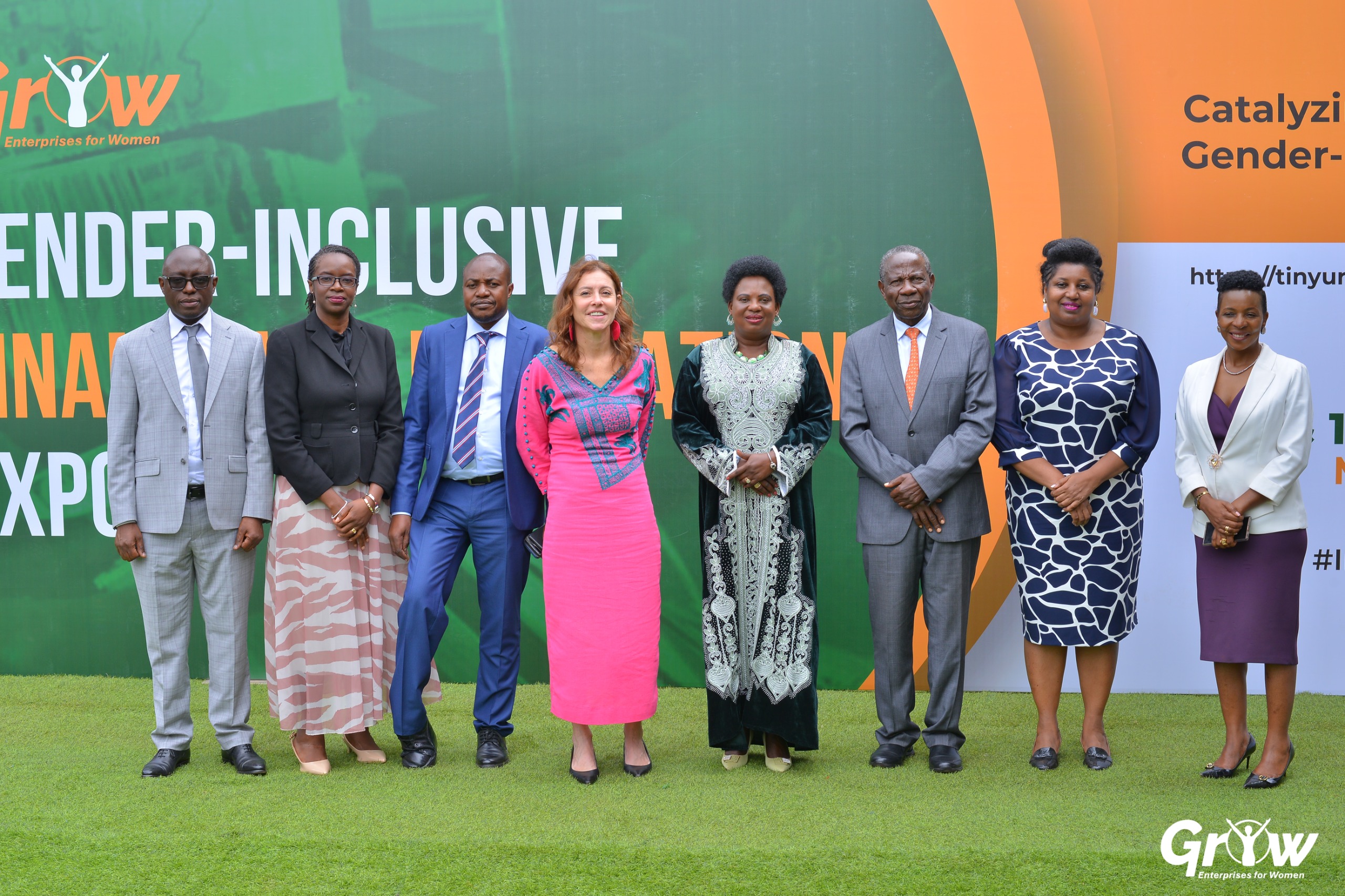As World AIDS Day approaches on December 1st, Dr. Nelson Musoba, the determined director general of the Uganda AIDS Commission (UAC), painted a vivid yet alarming picture of Uganda’s fight against the HIV/AIDS pandemic.
According to UAC, Uganda has recorded over 52,000 new HIV infections since the beginning of this year, despite the efforts put forth by the Presidential Fast Track Initiative aimed at ending AIDS by 2030.
In a jaw-dropping revelation, Dr. Musoba showcased the country’s commendable progress: a dramatic plunge in the epidemic from a daunting 18% in the 1980s to the current HIV prevalence of 5.2%. Notably, Aids-related deaths plummeted from a staggering 94,000 to a hopeful 17,000.
However, Musoba’s expression was etched with worry and urgency as he shed light on a dark truth: the persistently high rate of new infections.
With an average of 1,000 new cases per week, predominantly affecting the youth, a haunting threat loomed over Uganda’s aspirations of eradicating the epidemic by 2030.
“New infections pose a grave threat, and it’s imperative that Ugandans understand this,” emphasized Musoba, echoing a clarion call for heightened awareness and action.
He underscored the disproportionately high infection rates among girls, gravely surpassing those among boys, attributing this grim reality to trans-generational and transactional sex practices.
The staggering figures were accompanied by an increase in enrollment in anti-retroviral therapy (ART), a beacon of hope amidst the struggle.
Out of the estimated 1.433 million people living with HIV/Aids, a staggering 1.4 million had enrolled in ART by June, a crucial step towards suppressing the virus and preventing transmission.
Jacqueline Makokha, UNAIDS country director, passionately advocated for community leadership in this war against HIV/Aids. Her rallying cry echoed through the halls of government, demanding increased funding for community-led programs aimed at scaling up the battle against the relentless pandemic.
Yet, amidst these aspirations, Dr. Steven Watiti, the former chairman of People Living with HIV, struck a cautionary note against complacency.
His urgent plea for collective action resonated deeply, citing the persistent stigma still haunting those living with the virus. He shed light on heartbreaking instances of self-stigma leading to non-disclosure and poor adherence to treatment, exacerbated by the fear of discrimination.
Ruth Awori, the resilient executive director of Young People Living with HIV, shone a spotlight on the inadequate treatment literacy within communities, hindering their active role in the fight.
She passionately highlighted the funding constraints and human rights violations faced by those battling the disease, where stigma and discrimination bar access to education and support structures.
As this year’s theme, “Let the Communities Lead,” takes center stage, the call for action reverberates through Rakai district.
Data from the UAC reveals that Mbarara district ranks second in HIV/AIDS prevalence nationwide, trailing only behind Fort Portal City, a revelation that has astonished local leaders.
Nahabwe Chris, the HIV focal person for Mbarara district, reported a total of 440 new HIV infections this year, predominantly affecting young females and older men.
With hopes high but challenges daunting, Uganda stands at a critical juncture, where unity, awareness, and collective action stand as the beacon of hope in the face of an unyielding adversary.
Do you have a story in your community or an opinion to share with us: Email us at editorial@watchdoguganda.com













